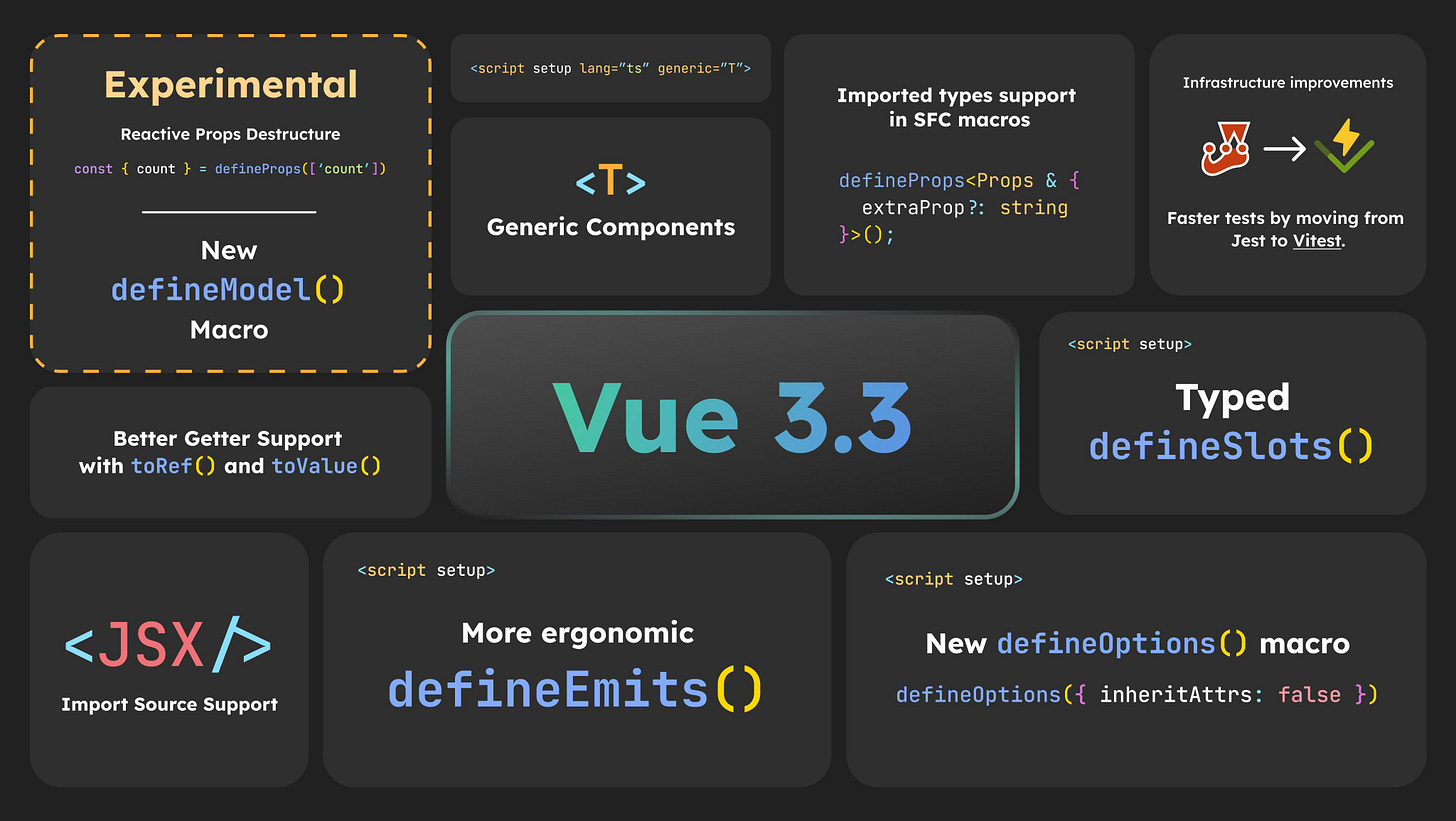Happy Mother’s day!!!
Engineering Manager
Micro Blog: Diversity & Inclusion in hiring
Creating a diverse and inclusive workplace is crucial for any organization that wants to succeed in today's global economy. Not only does it promote collaboration and innovation, but it also helps attract and retain top talent. In this post, we will discuss practical tips and guidelines for building a more diverse and inclusive organization by focusing on the hiring process.
Start with a Clear Job Description
One of the first steps in building a diverse and inclusive organization is to have a clear job description that reflects the company's values and culture. In addition to standard text that claims to value diversity and equality, hiring managers should specify what they are looking for in a candidate. This will help attract candidates who share the company's values and are more likely to contribute to a diverse and inclusive workplace.
Source Candidates from Diverse Channels
To ensure that the pool of applicants is not limited to a particular group, it's important to source candidates from diverse channels. This can include job boards that specifically target underrepresented groups, attending job fairs or events hosted by organizations that promote diversity, and reaching out to professional associations that focus on diversity and inclusion.
Use a Diverse Panel of Interviewers
Having a diverse panel of interviewers can help prevent unconscious biases from affecting the hiring decision. It's important to ensure that the interviewers come from different backgrounds and have different perspectives. This will help ensure that the hiring decision is based on the candidate's qualifications and skills rather than their personal characteristics.
Periodically Monitor Progress
It's important to periodically monitor the progress of diversity and inclusion efforts. This can be done by analyzing data and metrics related to hiring, retention, and promotion of employees from different backgrounds. Making the process public can also help hold the company accountable for its efforts.
Identify and Correct Biases
Identifying and correcting biases that may exist in the hiring process is crucial for building a more diverse and inclusive workplace. By learning from mistakes and re-applying these measures, companies can create a more inclusive and equitable workplace that benefits everyone involved.
In conclusion, building a diverse and inclusive workplace starts with the hiring process. Companies should create a workplace that values and respects everyone, regardless of their background.
Being the smartest person in the room is the disqualification of being a manager.
Links
Looking for a PagerDuty alternative for an incident management tool. Check pragmatic engineer article here.
"Fast-forwarding decision-making” — The importance of creating a culture of trust and transparency, where team members feel comfortable sharing their perspectives and ideas. By doing so, engineering managers can help their teams move faster and more efficiently, ultimately leading to better outcomes. Check out Engineering Manager article here.
Programming languages
Rust enters the Windows 11 kernel. It is not a small step and a giant leap for Rust. Following Linux, Microsoft will also rewrite parts of the kernel with Rust (David Weston talk on BlueHat IL 2023). Rust in Windows is exciting and will make Rust more attractive than C/C++. More on that here.
Rust is everywhere. It is in Linux kernel, Windows Kernel, Android platform, macOS, Web, WebAssembly, and others.
Are you wondering what Rust is? Start learning Rust here.
Kotlin/WASM. Kotlin released its latest compilation target for WASM. It is incredible to see how WASM is growing with so many languages. This makes it easier to build web applications with Kotlin and share code between web and mobile applications. WASM provides performance, portability, and interoperability gains. It is a great way to move towards a unified platform for web and mobile development.
"The productivity of cross-platform development, the performance of native mobile apps, and the openness of the Web." (credits Google)
Looking to learn WebAssembly. I have written a few posts on WebAssembly and how to get started here.
Mojo is a new programming language for all AI developers from Chris Lattner, the man behind LLVM and Swift. Mojois designed to make it easier to write and optimize machine learning pipelines. It uses a simple syntax that is easy to learn (like Python) and comes with a range of features that make it well-suited for building AI applications.
Mojo combines the usability of Python with the performance of C, unlocking unparalleled programmability of AI hardware and extensibility of AI models.
While the closed-source development model may limit its appeal to some open-source enthusiasts, it is definitely worth keeping an eye on for those working in the AI space.
Angular now supports Flutter. Check out here Flutter web inside Angular in action.
React Server Components gaining traction. Checkout here to play with App Router & React Server Components.
VueJS 3.3 is launched.
Technology
Google I/O finished last week with a stunning list of announcements.
PaLM 2 is Google's next generation large language model that builds on Google’s legacy of breakthrough research in machine learning and responsible AI. More about PaLM2 here.
Bard is currently available in 180+ countries and territories. Note this does not include Brazil, Canada, and EU countries.
Web at IO2023. As expected Google I/O came with a ton of new features/exciting updates to the Web. Here is a summary of what came on Google IO.
Project Tailwind: Tailwind is your AI-first notebook, grounded in the information you choose and trust. Tailwind is an experiment, and currently available in the U.S. Sign up here.
Pixel Fold is a huge disappointment.
Fun Corner
AI AI AI AI AI from Sundar Pichai.
crafted with help from Notion (AI), Twitter, Hackernews, and personal experience.
I often write at sendilkumarn.com & post at Twitter & BlueSky



